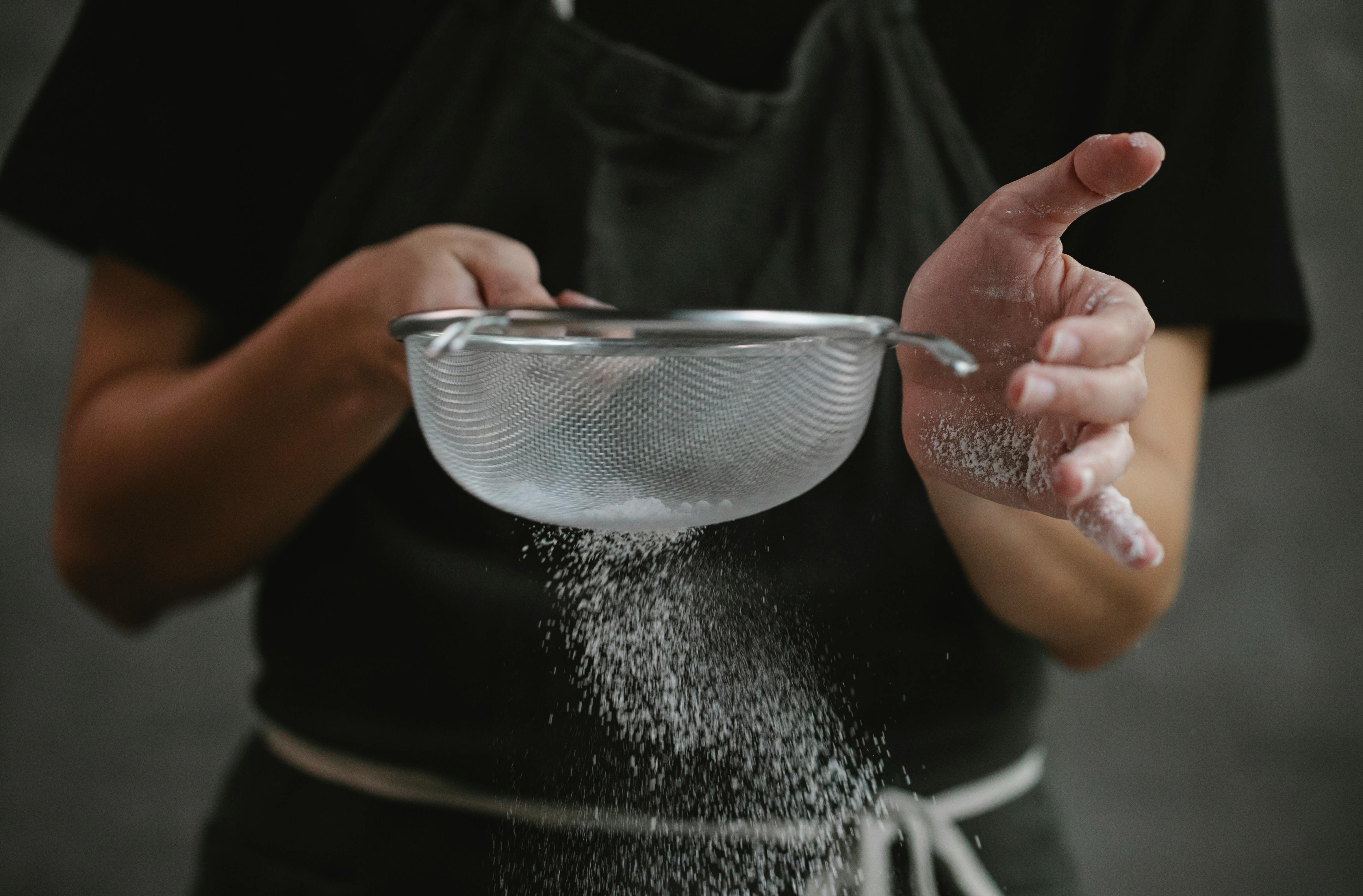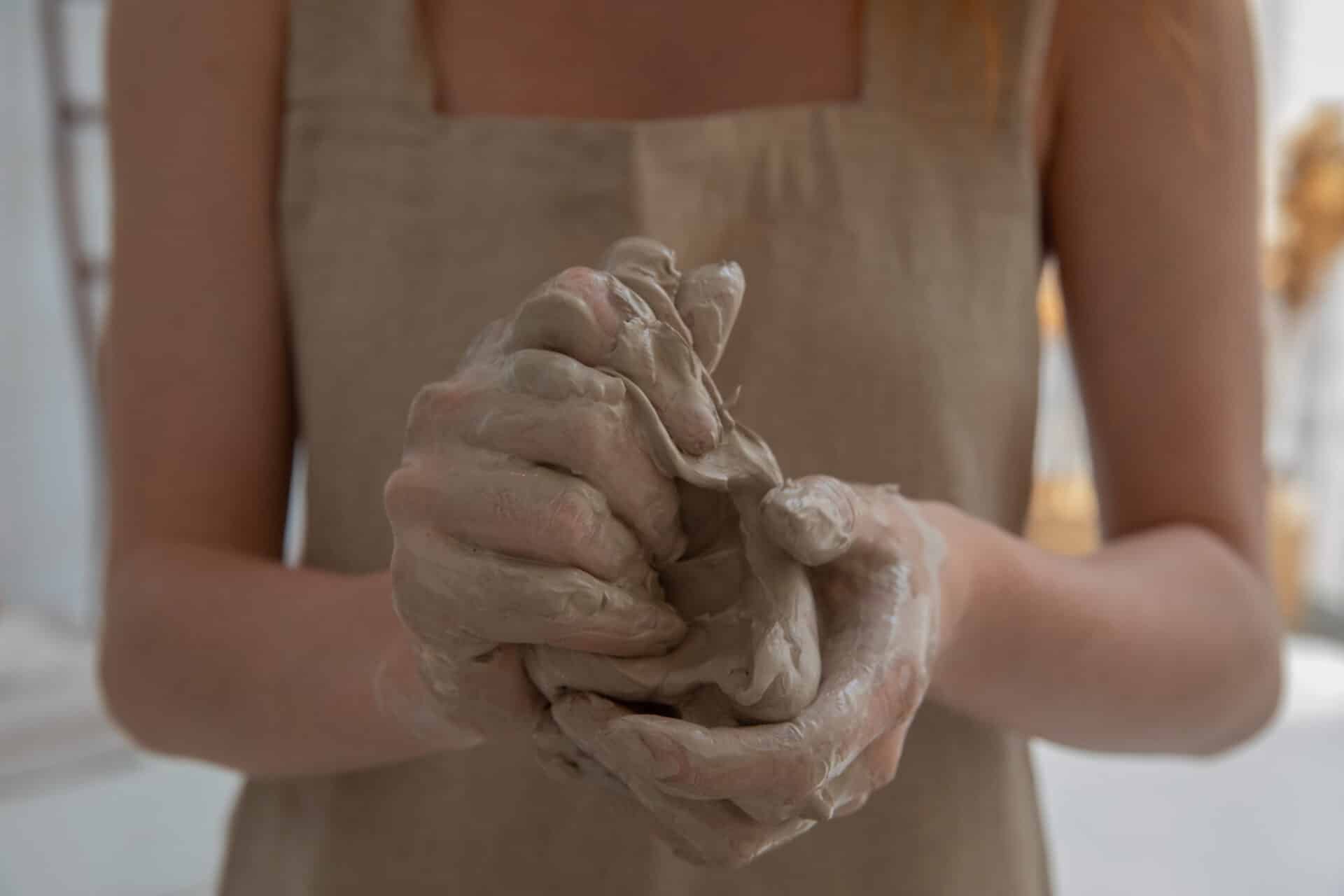THC distillate is a highly potent cannabis concentrate that can be used to make edibles, tinctures, and other products. Making THC distillate involves a process called fractional distillation, which separates the different components of cannabis oil based on their boiling points. This process is highly technical and requires specialized equipment and a great deal of knowledge. However, with the right tools and know-how, anyone can create their own THC distillate. In this article, we will explore the steps involved in making THC distillate from cannabis oil.THC Distillate is a highly refined cannabis concentrate that has been processed to remove all impurities, resulting in a clear and pure product that is very potent. It typically contains upwards of 90% THC, making it one of the strongest cannabis concentrates available. THC Distillate can be used in various forms such as vaporizing, dabbing, edibles, and topicals.
What Equipment Is Needed To Make THC Distillate?
Making THC distillate requires a few pieces of specialized equipment. To start, you will need an extraction system, such as a closed-loop extractor or a rotary evaporator. This will be used to extract the THC from the plant material. You will also need a vacuum pump to create a vacuum in the system and lower the boiling point of the oil, allowing it to be distilled at lower temperatures. Additionally, you will need a still head and condenser, which will be used to separate and collect the THC distillate. Lastly, you will need some containers to store the distillate in once it has been collected. All of these components are necessary for making THC distillate and can be easily sourced online or from specialty stores.
Once all of these items have been acquired, you can begin the process of making THC distillate. In order to do this, you will first need to extract the oil from your plant material using your extraction system. Then, place your still head and condenser on top of your container and connect them together with a vacuum line. Turn on your vacuum pump, which will create a vacuum inside the still head. Once this is done, turn on your heating element so that it begins to heat up the oil in order for it to boil off and be collected in your condenser as pure THC distillate. Finally, turn off all equipment and allow for everything to cool down before collecting your product in containers for storage or use.
In summary, making THC distillate requires an extraction system such as a closed-loop extractor or rotary evaporator; a vacuum pump; still head and condenser; containers; heating element; and other tools such as tubing or valves that are necessary for connecting everything together properly. Once all components have been acquired and set up correctly, you can begin extracting oil from plant material before finally collecting pure distillate in containers for storage or use.
Step 1: Extract THC from Cannabis
The first step in making THC distillate is extracting the THC from the cannabis plant. This is typically done using a solvent such as butane or ethanol. The process involves soaking the cannabis plant material in the solvent, which is then heated to extract the THC. This process will produce a crude oil that contains all of the compounds found in cannabis, including THC, CBD, terpenes, and other cannabinoids.
Step 2: Purify the Crude Oil
Once the crude oil has been extracted from the cannabis plant material, it needs to be purified. This process involves separating out unwanted compounds and isolating only the desired components. The most common method for purifying crude oil is winterization, which uses cold temperatures to separate out waxes and lipids from the desired compounds. After this step is complete, what remains is a purer form of cannabis oil that contains higher concentrations of THC.
Step 3: Create Distillate
The next step in making THC distillate is creating a distillate. This can be done using either short path or fractional distillation methods. Both methods involve heating the purified cannabis oil until it reaches a boiling point and then collecting specific fractions as they vaporize off of it. These fractions can then be collected and further processed to produce a highly concentrated form of THC.
Step 4: Refine Distillate
Once a distillate has been created, it needs to be refined in order to remove any impurities or contaminants that may be present. The most common method for refining distillates is through winterization or dewaxing, which involves subjecting it to cold temperatures in order to remove any waxes or lipids that may have remained after distillation. Once this step is complete, what remains is an incredibly pure form of THC that can then be used for various applications.
Step 5: Test and Package
The final step in making THC distillate is testing and packaging it for sale or consumption. In order to ensure that what you are producing meets quality standards, you should always test your product for potency and purity before putting it on shelves or into products for consumption. Once everything has been tested and approved, you can then package your product according to your desired specifications and get ready to put it on shelves or into products!
How To Measure THC Levels In Your THC Distillate
Measuring the THC levels in your THC distillate is an important step to ensure that your product meets quality standards. As a result, it is important that you understand the process for measuring THC levels in your distillate. The method of measurement will depend on the type of distillate you are using, as some require specialized equipment and testing methods. Here we will discuss the different methods you can use to accurately measure THC levels in your distillate.
The most common method used to measure THC levels in a distillate is through gas chromatography (GC). GC is a process where samples are separated into individual components and analyzed based on their molecular weight and structure. This method requires specialized laboratory equipment, such as a GC-MS (Gas Chromatography-Mass Spectrometry) system, and is typically used for more precise measurements of cannabinoids in complex mixtures.
Another method of measuring THC levels in a distillate is through potency testing. Potency testing measures the concentration of specific compounds, such as cannabinoids or terpenes, found in a sample. This type of test does not require specialized equipment and can be done quickly with results usually available within 24 hours. However, this type of test can be less accurate than GC because it does not measure all compounds present in a sample.
Finally, some companies offer services to measure the total amount of cannabinoids present in a sample using high performance liquid chromatography (HPLC). HPLC is similar to GC but requires less specialized equipment and can provide more accurate results than potency tests. HPLC is also often used to measure other compounds found in distillates such as terpenes or flavonoids.
No matter which method you choose for measuring the THC levels in your distillate, it is important to ensure that you are using accurate equipment and testing methods with results that meet industry standards. Knowing how much THC is present can help you ensure that your product meets quality standards while also helping you understand how best to use it for medical or recreational purposes.
How To Purify THC Distillate
THC distillate is a highly concentrated form of cannabis that is gaining popularity among cannabis consumers. It is made by refining cannabis oil to remove any impurities, leaving behind pure THC. The process of purifying THC distillate involves several steps, including decarboxylation, winterization, and distillation. The end result is a pure, clear distillate that can be used to make edibles, tinctures, and more. Here’s a step-by-step guide on how to purify THC distillate.
The first step in purifying THC distillate is decarboxylation. This process involves heating the cannabis oil to activate its psychoactive compounds, such as THC and CBD. This is done by placing the oil in an oven at a low temperature for an extended period of time. The heat will cause the compounds in the oil to break down into their active forms, making them easier to extract during the next step of the process.
The next step in purifying THC distillate is winterization. This involves adding a solvent to the decarboxylated oil and allowing it to sit overnight in a freezer at -20°F (-29°C). During this time, any impurities or waxes in the oil will separate from the desired cannabinoids and rise to the top of the mixture. The mixture can then be filtered through cheesecloth or other strainers to remove these unwanted substances from the mixture.
The last step in purifying THC distillate is distillation. This involves heating the winterized oil to a temperature between 200-400°F (93-204°C). As it heats up, various compounds within it will evaporate off at different temperatures until only pure cannabinoids remain. Once all of these compounds have been removed from the mixture, it can be collected as a pure distillate ready for use.
By following these steps, you can easily produce your own high-quality THC distillates that are perfect for making edibles or tinctures with your desired potency and flavor profile. With just some simple equipment and supplies, you can make your own potent cannabis products without any worries about contaminants or impurities!

Storing THC Distillate
THC distillates are becoming an increasingly popular product amongst cannabis consumers, as they offer a range of benefits. Distillates are highly concentrated cannabis extracts that are made by refining the raw extract from the cannabis plant. As these products are so potent, it is important to store them properly to ensure they remain at their optimal quality. Here’s what you need to know about storing your THC distillate.
One of the most important factors to consider when storing your THC distillate is temperature. It is best to store your distillate in a cool, dark place, away from direct sunlight and other sources of heat. The ideal temperature for storing THC distillates should be between 68°F (20°C) and 77°F (25°C). Storing your distillate at higher temperatures can cause it to become unstable and degrade more quickly.
It is also important to keep your THC distillate in an airtight container. Exposure to oxygen can cause the terpenes and cannabinoids in the extract to oxidize, which can alter its flavor and potency. To prevent this from happening, make sure you use a sealable glass or metal container that has been specifically designed for storing cannabis products like distillates.
Finally, it’s important to keep your THC distillate out of direct light. UV rays can cause degradation of the cannabinoids and terpenes in the extract, resulting in reduced potency and flavor. For best results, store your distillate in a dark cabinet or drawer away from any light sources.
By following these simple tips, you can ensure that your THC distillates remain fresh and potent for longer. Storing them correctly will help preserve their flavor and potency so you can enjoy them for even longer!
The Benefits of Making Your Own THC Distillate
Making your own THC distillate can provide a number of benefits, especially for medical marijuana users. Distillates are a highly concentrated form of cannabis extract and making them at home allows you to control the potency, purity, and flavor of the final product. Additionally, the process is relatively simple and can be done in a relatively short amount of time. Here are some of the other benefits that come from making your own THC distillate:
1) Medical Benefits – THC distillates are known for their high concentration of CBD and other cannabinoids. This makes them ideal for medical marijuana users who need a more powerful dose than what can be found in flower or edibles. Additionally, you can customize the potency of your distillate to make sure it meets your specific needs.
2) Cost Savings – Making your own THC distillates can save you money compared to buying pre-made products from dispensaries. Since you’ll be using fewer materials than what would normally be required, you’ll be able to save on production costs as well as time.
3) Quality Control – Lastly, making your own THC distillates gives you complete control over the quality of the end product. You’ll be able to pick out exactly which strain or strains you want to use and know exactly how much CBD or other cannabinoids are present in each batch. This gives users peace of mind that they’re getting the best possible product every time they make their own distillates.
Vaping THC Distillate
The most popular way to use THC distillate is through vaping. Vaping allows people to enjoy a high-potency product with minimal effort. When vaping THC distillate, you are able to get a more potent and purer hit than traditional cannabis flower. It also produces fewer odors and is considered the cleanest method of consumption. To vape THC distillate, you need to purchase a special vaporizer designed for oils and concentrates. Once you have your device, simply load the distillate into the chamber and enjoy.
Adding to Edibles
Another popular way to use THC distillate is by adding it to edibles. This process can be as simple as mixing it into an existing recipe or creating your own custom edible concoctions from scratch. It’s important to remember that when using THC distillate in edible recipes, you must decarboxylase the oil before cooking with it in order for it to be activated and effective when consumed. This process involves heating the oil at a low temperature over a period of time so that it can be ready for consumption.
Dabbing
Dabbing has become one of the most popular methods of consuming marijuana concentrates over the past few years. To dab THC distillate, you will need a dab rig or an electronic dabbing device such as a concentrate vaporizer pen or box mod. Once you have your device set up, place a small amount of THC distillate onto your nail or heating element and inhale deeply while enjoying the effects.
Sublingual Application
Sublingual application is another great way to enjoy THC distillates without having to smoke or vape them directly. All you need is some form of carrier oil such as coconut oil or MCT oil and then mix in your desired amount of THC distillates before applying it under your tongue for quick absorption into your system.
Topical Application
Finally, many people are finding relief from their aches and pains by using topical applications of THC distillates directly on their skin. These products come in various forms such as salves, balms, lotions, creams, and oils that are infused with activated cannabinoids that can be used directly onto skin for localized relief from pain and inflammation.

Conclusion
Making THC distillate is no easy feat. It requires precise measurements and an advanced understanding of chemistry. There are also a number of safety considerations to keep in mind throughout the process. However, it is possible to make high-quality THC distillate at home with the right equipment and knowledge.
When making THC distillate, the first step is to decarboxylate your material before extraction. This will ensure that you get the most out of your materials. The next step is to extract your materials, typically using an ethanol-based solvent. After extraction, you can purify and concentrate the extract into THC distillate by applying various techniques such as winterization, short path distillation, and more.
Finally, it’s important to store your THC distillates in a safe and secure place away from direct sunlight or heat sources. With these tips in mind, you can create high-quality THC distillates from the comfort of your own home!

